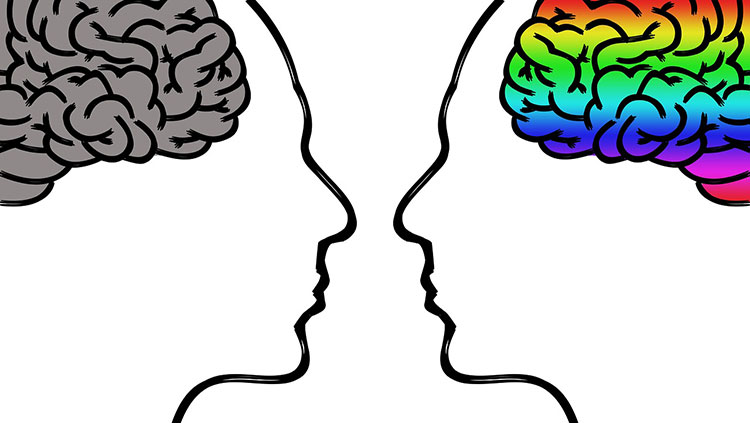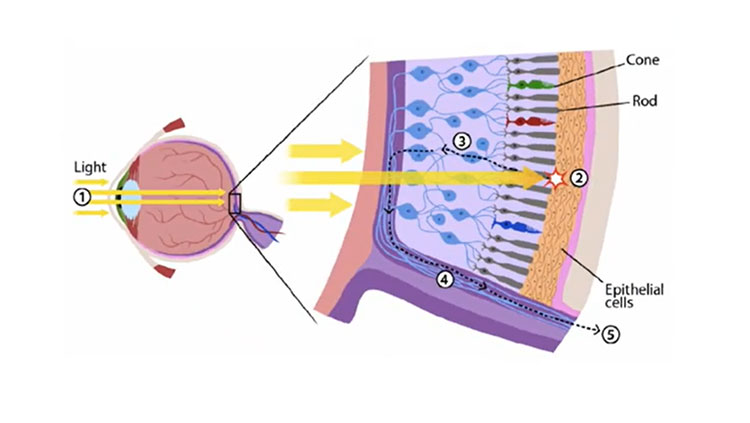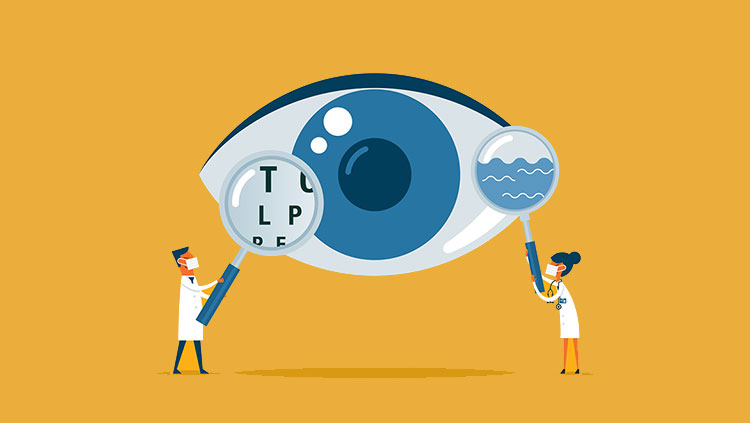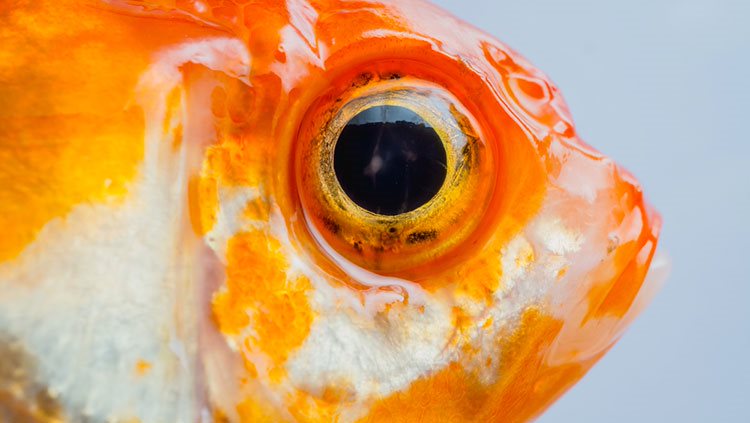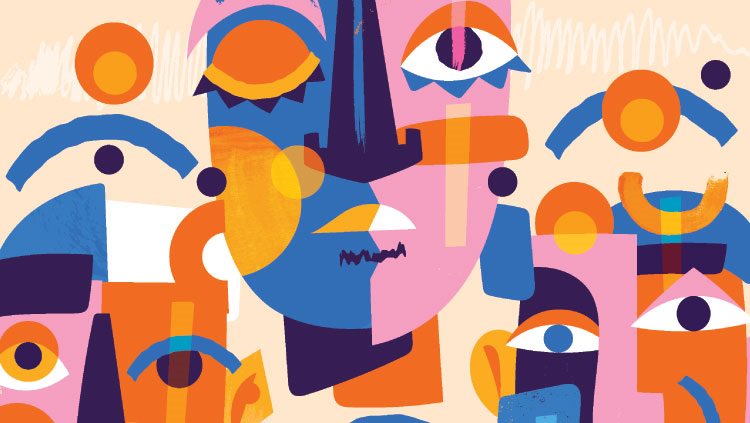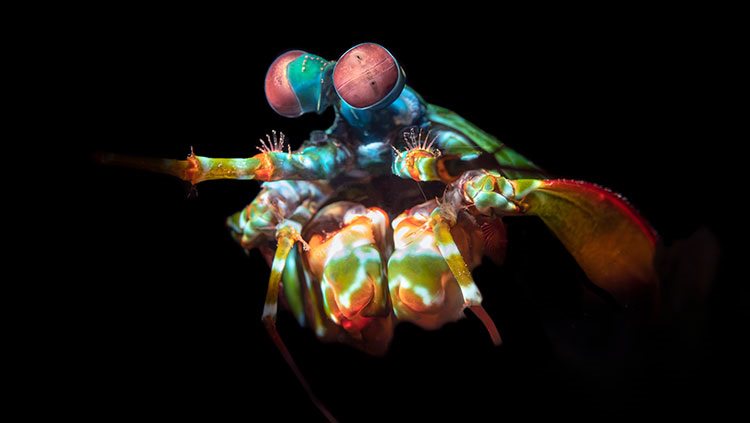Perceptual Disorders: Alice in Wonderland Syndrome and Prosopagnosia
- Published12 Feb 2024
- Source BrainFacts/SfN
We take a lot of what we see for granted. But sometimes, our visual understanding of the world can change. Take Alice in Wonderland Syndrome — a condition estimated to impact 10-20% of people in their lifetime. During an episode, people can experience objects as being either too big or too small. Then there’s prosopagnosia, a condition where people can’t recognize other folks’ faces, even if they are familiar with the person. Studying these conditions could help us understand the fundamentals of how our brains help us view the world around us.
This is a video from the 2023 Brain Awareness Video Contest.
Created by Alexandra Gusinski.
CONTENT PROVIDED BY
BrainFacts/SfN
Transcript
The human brain is one of the biggest mysteries of our world. It allows us to complete some of the most basic functions that we take for granted. But what happens when your brain can't carry out these functions properly?
What if the image on your screen actually looked like this, or like this? What if you looked at your mom, but you couldn't recognize her face? What if you looked at a stranger only to find their face all scrambled like a jigsaw puzzle? In this video, we'll explore two perceptual disorders and how they affect the way our brains interpret the world around us.
Alice in Wonderland syndrome, also known as Todd's syndrome, affects 10 to 20% of the population with well over 50% of cases being patients under 18 years of age. This condition causes visual distortions such as micropsia or macropsia, which causes objects to appear smaller or larger than they actually are, and teleopsia or pelopsia, where objects appear further away or closer than they actually are.
This is Type B Alice in Wonderland Syndrome, which only affects visual perception. But Type A can lead to a wider range of sensory changes, including micro or macrosomatagnosia, in which body parts can look and feel physically larger or smaller than they actually are. These visual inconsistencies are usually classified as retinal issues when they happen unilaterally. But when they occur simultaneously, affecting your entire field division, it then becomes a cerebral issue. In addition to visual distortions, patients can experience auditory and time distortions.
This syndrome was named after the famous 19th century novel, “Alice's Adventures in Wonderland,” and was initially believed to be an exaggerated migraine aura. And as such, when the author Louis Carroll wrote in his diaries that he suffered from migraines, there were speculations that he may have experienced these sensory distortions himself.
But it was later discovered to have multiple other causes, including infections: the most common being the Epstein-Barr virus, which limited the amount of oxygenated blood that the brain received. But there are numerous other causes as well.
Fortunately, this syndrome is not dangerous and usually goes away on its own or with treatment of the underlying cause. Episodes are short, and children usually grow out of it although chronic cases do exist. It's important to note that these episodes are not hallucinations as patients only experience an altered perception of existing things. While exact causes of some cases are unknown, medical professionals continue to study, research, and learn more about Alice in Wonderland syndrome.
Prosopagnosia, also known as face blindness, affects your ability to recognize faces. The name comes from the Greek words, “prosopon,” meaning face, and “agnosia,” meaning ignorance. According to a study by Harvard Medical School and the VA Boston Healthcare System, around 3% of people meet the criteria for face blindness.
When we see a face, our eyes receive visual inputs: the shadows, lights, and placement of facial features. This information is set to the occipital lobe via nerve tracks. The basic information is processed by the primary visual cortex. From there, the information can be transmitted to the rest of the brain through two primary pathways: the ventral stream, also known as the “what” pathway, or the dorsal stream, also known as the “where” pathway.
In facial recognition, information is sent through the ventral stream to visual area two to be further processed. Eventually, the information is transmitted to the fusiform gyrus, located in the temporal lobe, and more specifically to the fusiform face area (FFA), where tiny facial details are read and analyzed. The information is then passed to the anterior temporal lobe (ATL) where the brain computes the information and tells you to whom this face belongs.
Defects in the FFA or the fusiform gyrus result in apperceptive type prosopagnosia: the inability to perceive and process faces. But defects in the ATL cause associative type prosopagnosia, defined as the inability to recognize or apply any meaning to the faces despite perceiving them.
Prosopagnosia can be congenital, meaning it is present from birth, or can be acquired as a result of strokes, brain tumors, infections, traumatic brain injuries, seizures, and more. There's no known cure or therapy for prosopagnosia, but treating the underlying cause can help. Patients can manage symptoms by paying attention to other features of a person.
Despite many studies, the purpose of the FFA is still heavily debated. Is it specific to faces or just particularly adept at identifying complex objects we see frequently, like faces? There are theories that propose a new brain region called “person identity nodes” being involved in the facial recognition process.
However, most of these studies are just assumptions based on observations of activity in certain areas of the brain via MRI and fMRI scans. And as such, these theories remain unconfirmed for the time being.
The ongoing investigation into perceptual disorders goes beyond mere understanding of their causes, cures, and genetic correlates. It carries the potential to reshape our understanding of the human brain's intricate organization, opening doors to a future where we can truly grasp the complexity of our own perception.
Also In Vision
Trending
Popular articles on BrainFacts.org


